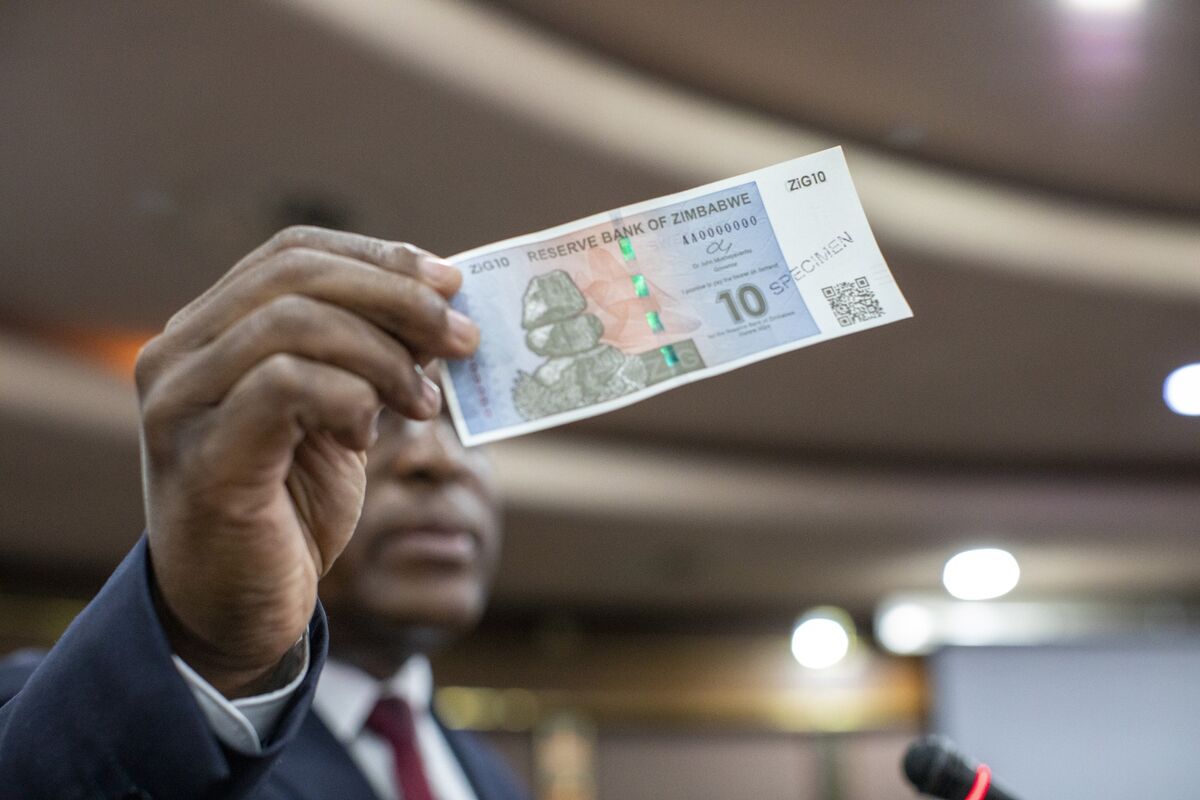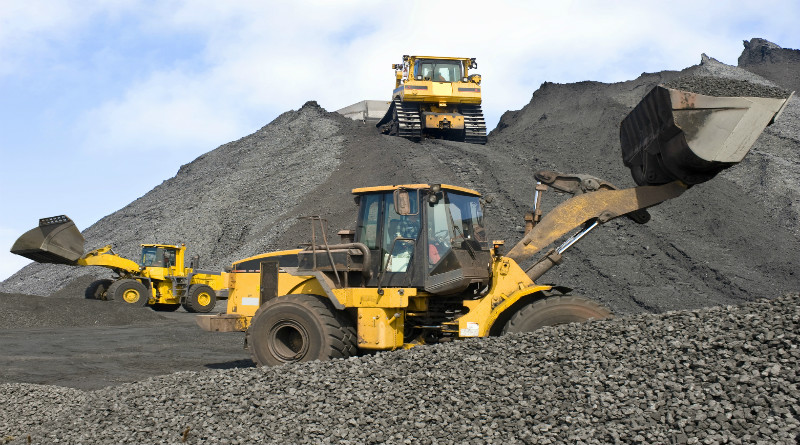REGIONAL power suppliers could switch off Zimbabwe after the country’s integrated power utility, ZESA Holdings, failed to meet prepayment arrangements for power imports, the Financial Gazette has reported.

The Zimbabwe Electricity Transmission and Distribution Company (ZETDC), a subsidiary of ZESA, has defaulted on payments for power supplies from Eskom of South Africa and Hydro Cahora Bassa of Mozambique. It has also failed to pay for power supplies from a sister firm, the Zimbabwe Power Company (ZPC) and the Dema Diesel Power Plant, which was constructed by private players recently to plug a generation gap in the country.
The Financial Gazette is reliably informed that ZESA owes the four suppliers about US$734 million.
Of this amount, US$715 million is reportedly owed to the ZPC and Dema Diesel Power Plant, whose establishment was a subject of contention between government and ZESA.
Mozambique’s Hydro Cahora Bassa, which is owed US$10 million, has already reduced by half its supplies to Zimbabwe, from the 100 megawatts (MW) to 50 MW.
South Africa’s Eskom, which is owed US$8,8 million, told the Financial Gazette this week that it would demand that Zimbabwe adheres to a prepayment arrangement to guarantee electricity supplies to the country.
Eskom’s spokesperson, Khulu Phasiwe, said: “The arrangement with Zimbabwe’s ZETDC will continue to be on prepayment. That’s the nature of the contract. If ZETDC are having problems paying in advance for electricity from us then they will have to wait until they have money for it.”
Phasiwe added: “We are not targeting Zimbabwe only. We do the same with all our customers within the Southern African Power Pool. Even with all our clients here in South Africa, we are migrating to pre-payment arrangements. We have found that after we supply electricity, some clients would come to us and say we didn’t order.”
ZETDC managing director, Julian Chinembiri, confirmed that Eskom, HCB and Dema could disconnect ZETDC due to the huge payment arrears.
“Power supply is seriously compromised at the moment,” said Chinembiri, adding: “About US$734 million is outstanding for power purchases. This may lead to failure to procure power leading to load shedding. ZPC is owed a lot of money, threatening (local) generation.
“Eskom, HCB and Dema require upfront payment. But their accounts are now in huge arrears hence threatening to disconnect us,” Chinembiri said.
He said last year alone, the ZETDC reduced supplies to the market by more than 1 813 gigawatts hours (GWh), and this potentially prejudiced industry and commerce business worth more than US$5,2 billion.
“The situation is bad because (power suppliers) are calling us everyday threatening to cut us off if we don’t clear our arrears. It has been clearly demonstrated that ZETDC is in an extremely precarious situation arising from a sub-economic tariff. It has now become difficult for us to be able to pay since our proposal for a tariff increase was rejected by government.
“The decline of a tariff (increase) to ZETDC has dire consequences on the company’s performance and its ability to anchor the economic recovery to be realised from the Zim-Asset strategy,” Chinembiri said.
Energy and Power Development Minister, Samuel Undenge, is under increasing pressure to keep the country’s power sector relevant to Zim-Asset — a government economic blueprint called Zimbabwe Agenda for Sustainable Socio-Economic Transformation.
Managed blackouts were last experienced in December last year when households and businesses endured long hours of supply disruptions.
Owing to low generation capacity, largely due to low water levels at Kariba Dam, which supplies water for power generation at Kariba Hydro Power Station, and inefficiencies at the power utility’s four thermal power stations across the country, Zimbabwe turned to regional power utilities to augment poor production.

Eskom’s spokesperson, Khulu Phasiwe
In December last year, the Zambezi River Authority, responsible for the management of water in the Zambezi River basin from which both Zimbabwe and Zambia draw their water for hydroelectricity, was forced to cut water allocation for electricity generation from 33 billion cubic metres per annum to 10 billion cubic metres due to dwindling water supplies. This meant that ZPC was restricted to generating 285MW at Kariba South Power Station.
ZPC is currently struggling to generate half of the country’s national demand, which is estimated at 1 600 megawatts (MW).
According to generation statistics obtained this week from ZPC’s website, Kariba South Power Station was generating about 285MW, while Hwange Power Station was producing about 375MW of electricity.
Small thermal power stations in Harare and Munyati were generating a combined 33MW. Bulawayo Power Station was not generating anything due to breakdowns.
To cover for the deficit, the country has been importing about 350 megawatts (MW) from Eskom and 100MW from HCB.
It has also been procuring 100MW from the controversial diesel generators at Dema Power Plant.
These power utilities agreed to support Zimbabwe to keep its lights on, but on condition that ZETDC pays for the electricity on a pre-paid basis.
For the past 10 months this has been working out well as the country has not had any load-shedding since December 2015 because ZESA was able to pay upfront for the electricity imports.
Failure to pay ZPC would seriously compromise local power generation while Eskom, HCB and Dema could simply cut off ZETDC.
ZETDC has argued that the current tariff of US$0,0986 per kilowatt hour (kWh) is not cost reflective and for several years now government has been rejecting proposals for a tariff increase.
ZETDC this year applied to increase the tariff to US$0,1469 per kWh to cover for increased costs of procuring emergency power from Dema, HCB and Eskom. But the request was turned down.
The power utility’s actual costs have been higher than the approved tariff, resulting in ZETDC suffering a cumulative loss of US$517 million between 2009 and 2015 due to the low tariff.
The loss emanated from the fact that between 2009 and 2010, government allowed ZETDC to sell electricity to consumers at US$0,0753 kWh on average while the actual costs were hovering between US$0,0933 and US$0,0965 kWh.
For the two years from 2011 to 2012, ZETDC’s costs ranged between US$0,1056 and US$0,1374 against an approved tariff of US$0,983 per kWh.
From 2013 to this year, the electricity tariff remained at US$0,986 per kWh but costs were hovering between US$0,1049 and US$0,1462 per kWh.
The ZETDC boss said this year a projected loss of US$189 million would be incurred due to the low tariff, adding that the power utility would “soon be forced into a difficult decision of switching off the lights”.
Also compounding ZETDC’s woes are its debtors who are struggling to settle their bills.
The power utility is owed US$1,1 billion by electricity consumers.
The mining sector owes ZETDC US$52 million, while industry owes more than US$210 million. Commercial consumers owe the most at US$436 million.
Domestic consumers and farmers have an obligation to pay more than US$294 million and US$84 million respectively.
This debt, Chinembiri said, would ultimately affect the country’s ability to pay for power imports.
In light of this, ZETDC might defer its planned maintenance, a situation which is likely to result in increased forced outages and increased response time to faults. Network expansion and rehabilitation projects may be halted. Lack of network refurbishment may lead to frequent breakdowns and high fault incidences.
About US$20 million is currently required to replace faulty transformers and maintain other critical spares and consumables.
But there is growing fear that ZETDC might fail to maintain its infrastructure due to squeezed finances. -Fingaz






